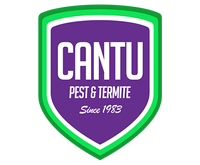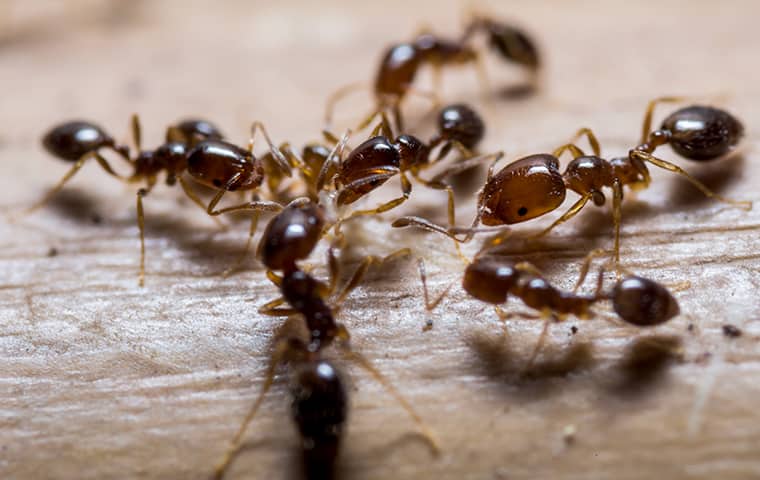The fire ant is definitely a pest control nuisance throughout Dallas and Fort Worth, and an allergic threat via dermatitis and anaphylactic shock to millions of people. Even if you don’t have to pull out the epi-pen after being bitten, there is a certain unpleasant feeling to their sting. Thus, the best way to coexist with fire ants is to know more about them.
There are many do-it-yourself tricks to alleviating a fire ant problem; however, it is safer for you and your family to call your local Dallas pest control company for assistance and their professional recommendations. First off, fire ants live in colonies that are social units containing several hundred to several thousand members. There are three subgroups within the colony: the workers, the reproductives, and the queens.
The worker ants are the largest group in the colony and as their name suggests, they work for the good of the colony by foraging for food and building tunnels and mounds. The worker ants travel up to one hundred miles away foraging through tunnels and atop land for food to feed the colony. They forage day and night until the temperature reaches ninety-five degrees, at which point, they forage during the night only.
The reproductives are a select group of male and female ants that have the ability to take flight and mate, later forming new colonies. The most well-known ant of the colony, the queen is very highly revered and protected as she is the lifeline of the colony. There can be between ten and one hundred queens in a single colony.
When the reproductives take flight, mate, and settle in to build their own colonies, their first mission is to lay and protect their many eggs. The egg hatches into a soft white larva, looking like a minute grubworm. The larva is helpless and dependent upon the workers for food and protection as it grows and later begins the molting process. In the next to last molt, the larva transforms into a pupa and begins forming legs and often wings. Finally, the pupa turns into an adult ant. It is at this point that the new ant will either begin as a sterile worker or begin helping in the quest of reproduction and new colony formation.
The reproductives that began the colony end up becoming queens of the fire ant colony. The queen’s primary job is to reproduce, lying up to one thousand, five hundred eggs per day. Unlike the worker, the queen’s life span can range up to seven years. The mature ant colony can contain up to a hundred queen ants and span over three feet in diameter.
If ants or other pests have made unwanted appearances around your home or business, call Cantu Pest & Termite and schedule an appointment today with one of our friendly, experienced ant removal experts.

